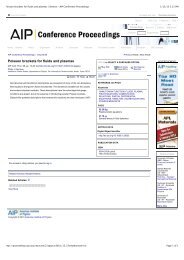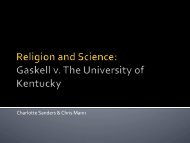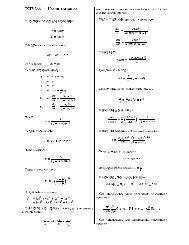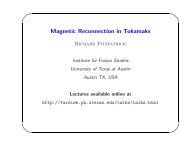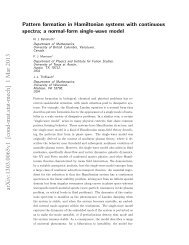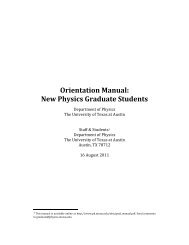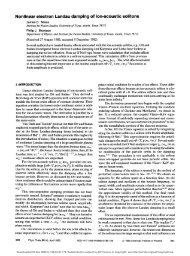Magnetic Fields and Magnetic Diagnostics for Tokamak Plasmas
Magnetic Fields and Magnetic Diagnostics for Tokamak Plasmas
Magnetic Fields and Magnetic Diagnostics for Tokamak Plasmas
You also want an ePaper? Increase the reach of your titles
YUMPU automatically turns print PDFs into web optimized ePapers that Google loves.
<strong>Magnetic</strong> fields <strong>and</strong> tokamak plasmas<br />
Alan Wootton<br />
INTRODUCTION<br />
This series of notes tries to lay the foundations <strong>for</strong> the interpretation of magnetic fields <strong>and</strong><br />
fluxes, often in terms of equilibrium plasma parameters. The title, 'magnetic diagnostics', is<br />
taken to mean those diagnostics which are used to measure magnetic fields <strong>and</strong> fluxes using<br />
induction, or pick-up, coils. More specifically, what is often inferred is a question: "How much<br />
can we tell about a plasma given certain measurements of magnetic fields, <strong>and</strong> fluxes, outside<br />
that plasma" I don’t consider here diagnostics which measure the plasma current density<br />
distribution utilizing phenomena such as the motional Stark effect, or Faraday rotation; these are<br />
found in a series of notes on Plasma <strong>Diagnostics</strong>..<br />
The measurements themselves are in principle simple, although in practice they are always<br />
complicated by unwanted field components, <strong>for</strong> example from misaligned pick-up coils. There is<br />
also the problem of allowing <strong>for</strong> image currents flowing in nearby conductors; dealing with these<br />
image currents becomes a large part of the problem. Including the effects of an iron core also<br />
leads to complications.<br />
Many people think the topic under consideration is boring, in that there is nothing new to do.<br />
You have only to read current issues of plasma physics journals to recognize that there is still<br />
much interest in the topic. For example, equilibrium <strong>and</strong> its determination, axisymmetric stability<br />
<strong>and</strong> disruptions are all of current interest, <strong>and</strong> all involve ‘magnetic diagnostics’. The subject<br />
does appear to be difficult (students starting in the topic have a hard time).<br />
The layout of the notes is as given in the list of contents. Generally I have included topics which<br />
I have found useful in trying to underst<strong>and</strong> tokamaks. Some basic concepts (inductances, fluxes,<br />
etc.) are included, because they are made use of throughout the notes. There is also a section on<br />
plasma equilibrium, in which the large aspect ratio, circular tokamak is described. The fluxes<br />
<strong>and</strong> fields from this model are used as examples <strong>for</strong> application of certain ideas in the remainder<br />
of the text.<br />
References I find useful include:<br />
o B. J. Braams, The interpretation of tokamak diagnostics: status <strong>and</strong> prospects, IPP<br />
Garching report IPP 5/2, 1985.<br />
o L. E. Zakharov <strong>and</strong> V. D. Shafranov, Equilibrium of current carrying plasmas in toroidal<br />
configurations, in Reviews of Plasma Physics volume 11, edited by M. A.<br />
Leontovich, Consultants Bureau, New York (1986).<br />
o V. S. Mukhovatov <strong>and</strong> V. D. Shafranov, Nucl. Fusion 11 (1971) 605.<br />
o V. D. Shafranov, Plasma Physics 13 (1971) 757.<br />
o L. E. Zakharov <strong>and</strong> V. D. Shafranov, Sov. Phys. Tech. Phys. 18 (1973) 151<br />
5



